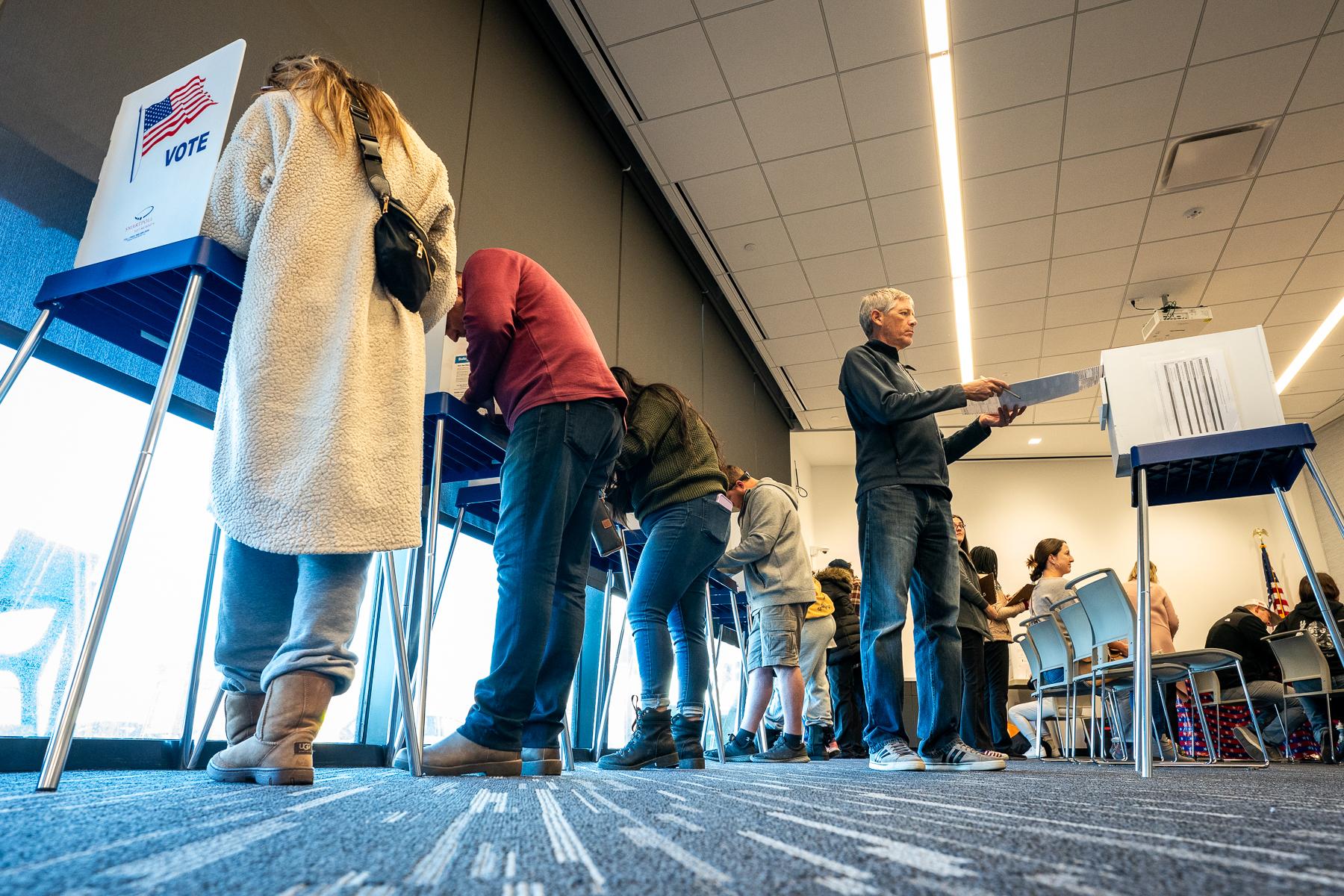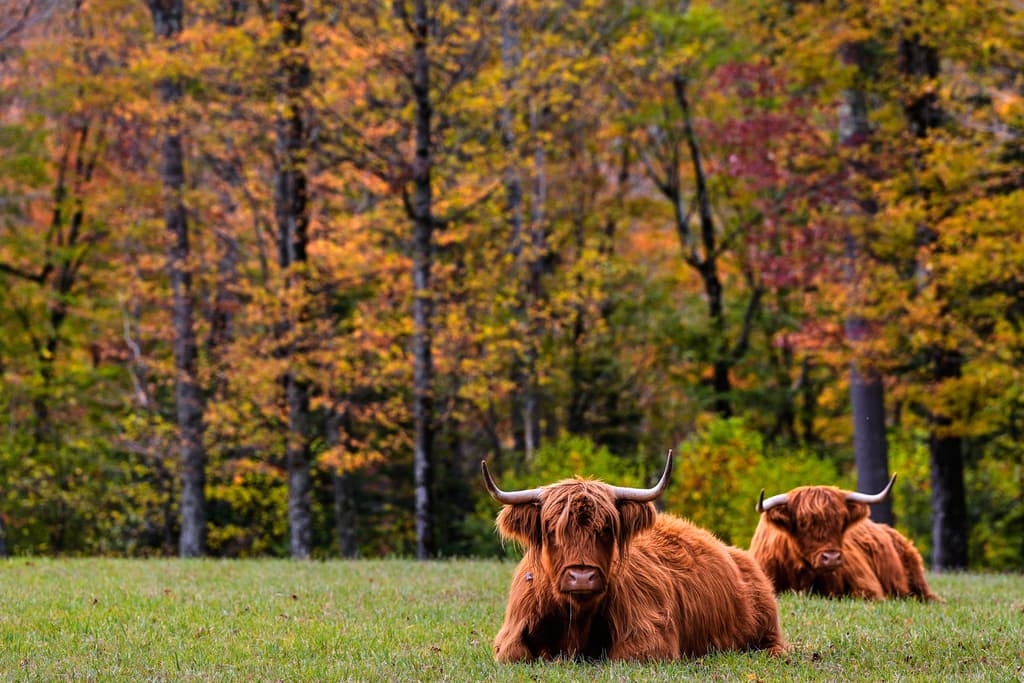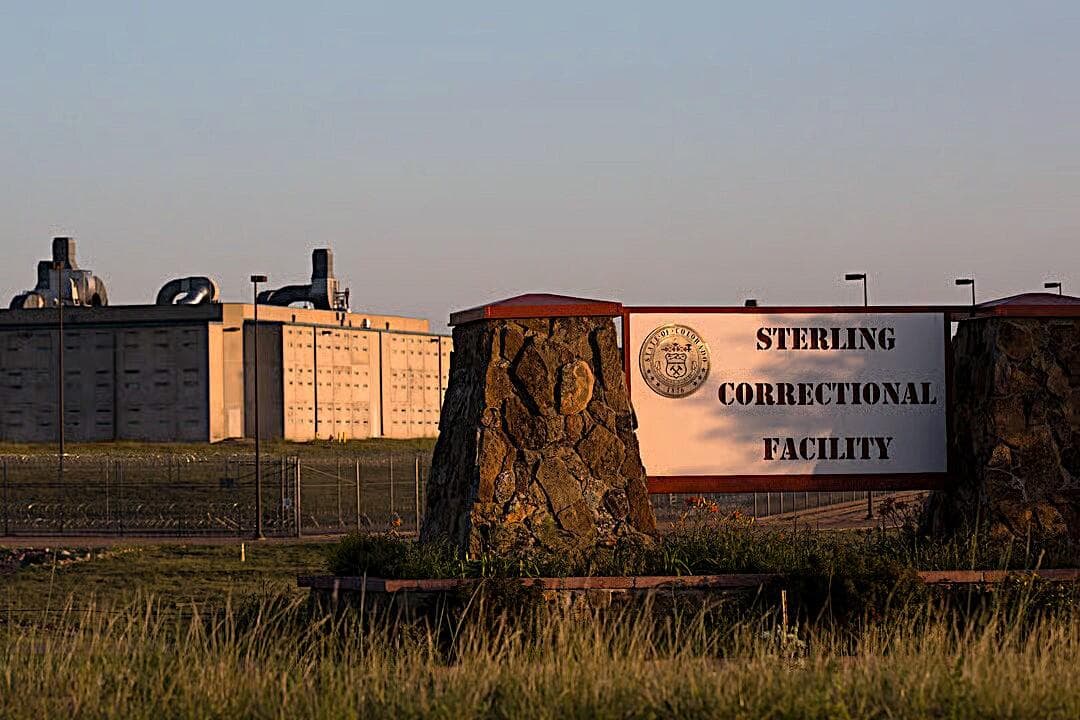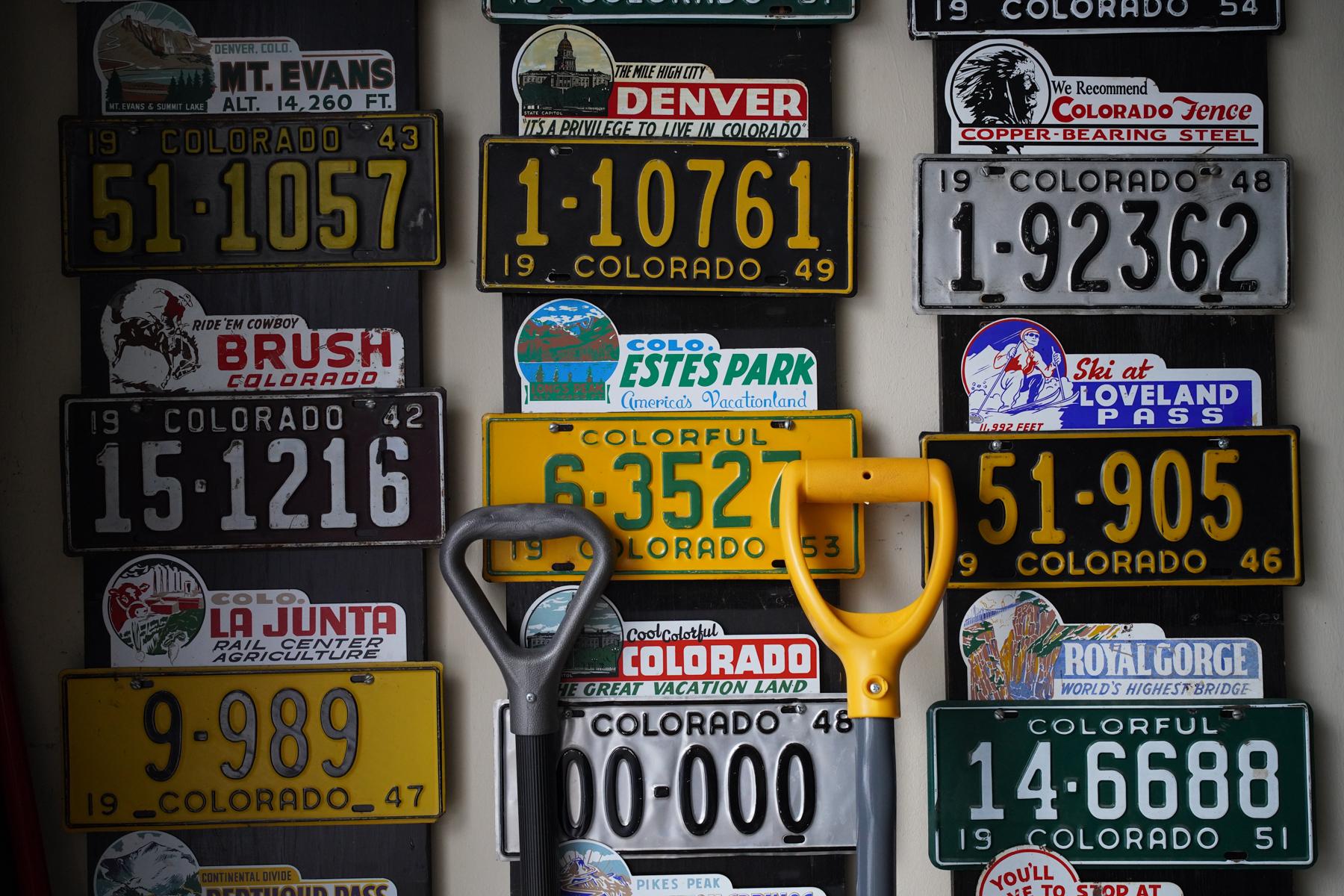
When Mark Hauer lived in Colorado in the 1970s, you could tell which county a car was from, just by checking out its license plate. That’s because plates all started with a two-letter code based on the county it was registered in.
“It was always kind of a pride thing to see where people were from,” Hauer recalled recently. “You always kind of knew, when somebody came to the ski area, where they were from.”
In Grand County, where Hauer lived, plates in the '70s started with ZB or ZC. Counties with small populations might have only a few letter combinations assigned to them, while bigger ones, like Denver or El Paso, would have dozens.
Hauer’s youthful time in the mountains eventually ended. He moved to the Midwest for a career before finally retiring back to Colorado. And by the time he returned, something was missing — those two-letter codes.
At some point in the last few decades, Colorado had switched to the three-letter, three-number plates that are so familiar on our roads today. And Hauer, wanting to know what happened, sent this question to CPR’s Colorado Wonders project: Why can’t we have counties on our auto license plates?
The man who wrote the book on Colorado license plates
Collecting something as hearty and ubiquitous as license plates doesn’t require keeping them in pristine conditions, so perhaps that’s why one of the richest sources for Colorado license plate history is a chilly garage in Boulder County.
Dozens of plates from all eras line the walls and fill boxes, while overhead, rows of dangling green-and-white rectangles fringe down from the ceiling, carefully chained together.
These are just a few choice items from the collection of Tom Boyd, the author of three books on the subject, including "Colorado License Plates: The First 100 Years, 1913 - 2013".
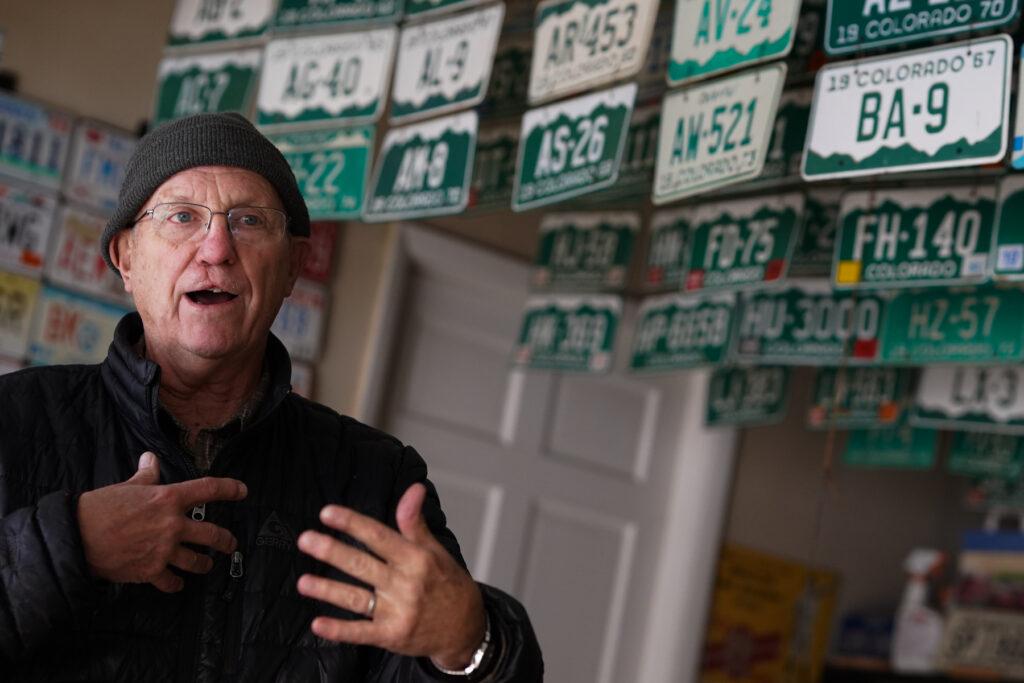
As Boyd explains it, putting county codes on plates wasn’t driven by bureaucratic or public safety reasons — or at least not entirely — but pure “human nature.”
A 1931 Rocky Mountain News article reprinted in his book describes the situation this way: “The way the ancients sought the Golden Fleece has nothing on the way present day automobile owners seek low license numbers.”
At that point, Colorado plates were just numbered sequentially, with Denver drivers holding a monopoly on the lowest ones. But that was about to change. The next year Colorado gave each county a numerical prefix for its plates, ordered based on their populations in the 1930 census.
“Denver, the most populous, had number one, all the way down to Hinsdale at 63,” explained Boyd. (Sorry Broomfield, you weren’t a county yet.) “With the county code, there's going to be a No. 1 (and) low numbers in every county.”
County codes persisted for nearly seven decades, in one form or another, changing numerous times as Colorado struggled to keep up with its ever-growing population of drivers. In 1959, to give itself more options, the state dropped numbers in favor of the two-letter codes Hauer remembers.
But even then, growing counties kept running through their allotted combinations and having to grab more chunks of the alphabet from ones with less demand.
“It was becoming unwieldy and unmanageable,” said Chris Hochmuth, the current inventory manager for Colorado’s DMV. “Mesa County — that's the one I know because that's where I grew up — started out as just NH, NJ and NK. And then suddenly out of nowhere, you start seeing NL, and then NM, and then NP. And we just ran out of letters to be able to keep adding onto it without encroaching into other county blocks of letters.”
(A fun bit of trivia from Boyd: Apparently, NG was never used as a two-letter code out of concern drivers would believe it meant “no good.” FU was another combination the counties decided to pass on.)
Gone, but not forgotten (and not entirely gone)
The start of the new millennium was the end of an era for Colorado’s license plates. The state embarked on a complete re-issue, and with it, did away with any link between the letters on a plate and its county of origin. The redesign moved Colorado to a three-letter, three-number format (although, proving that the challenge of having enough plates never goes away, in 2018 the Department of Revenue had to switch to a four-letter, two-number approach in 2018 to keep up with demand.)
But like many things in Colorado connected to population growth and change, the process sparked a backlash. Holding on to a two-letter county code plate became a badge of Colorado longevity for some.
“That was kind of part of the big … ‘Native Colorado’ movement,” Hochmuth said, adding air quotes to the phrase. “You know, when everybody had the ‘Native’ stickers. And so, by moving to the (redesigned) plate, you must be one of those new people moving into our county, not one of the old time residents.”
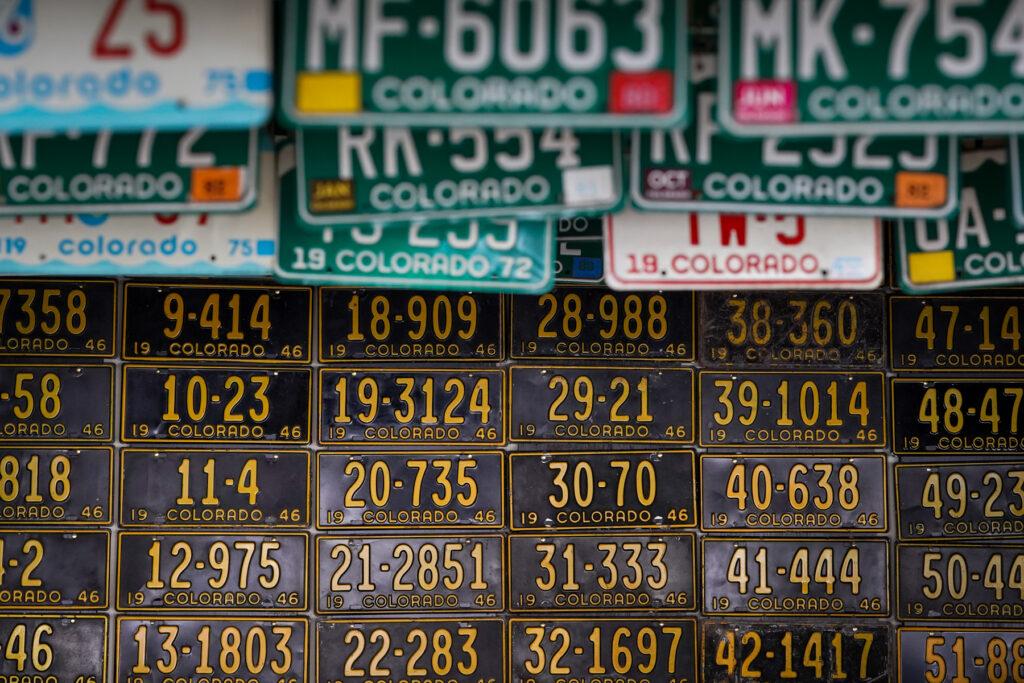
The state ended up allowing drivers who were really attached to that vehicular status symbol to hold onto them. Hochmuth said his department still maintains an 1800-page list of people who signed up in the early 2000s to keep their old county code plates.
Hochmuth said as long as they were on the list, they could keep their plates "essentially forever."
"We would remake them for free if they became damaged or unreadable," he said. "They could keep their same two-four (two letters and four numbers) configuration for as long as that particular owner was still around and driving.”
So while it may no longer be possible to know where the guy parked next to you in the ski lot came from just based on his bumper, if you have an eagle eye, you may spot more than a few plates out there that tell you something about the history of their owner, if not their geography.

